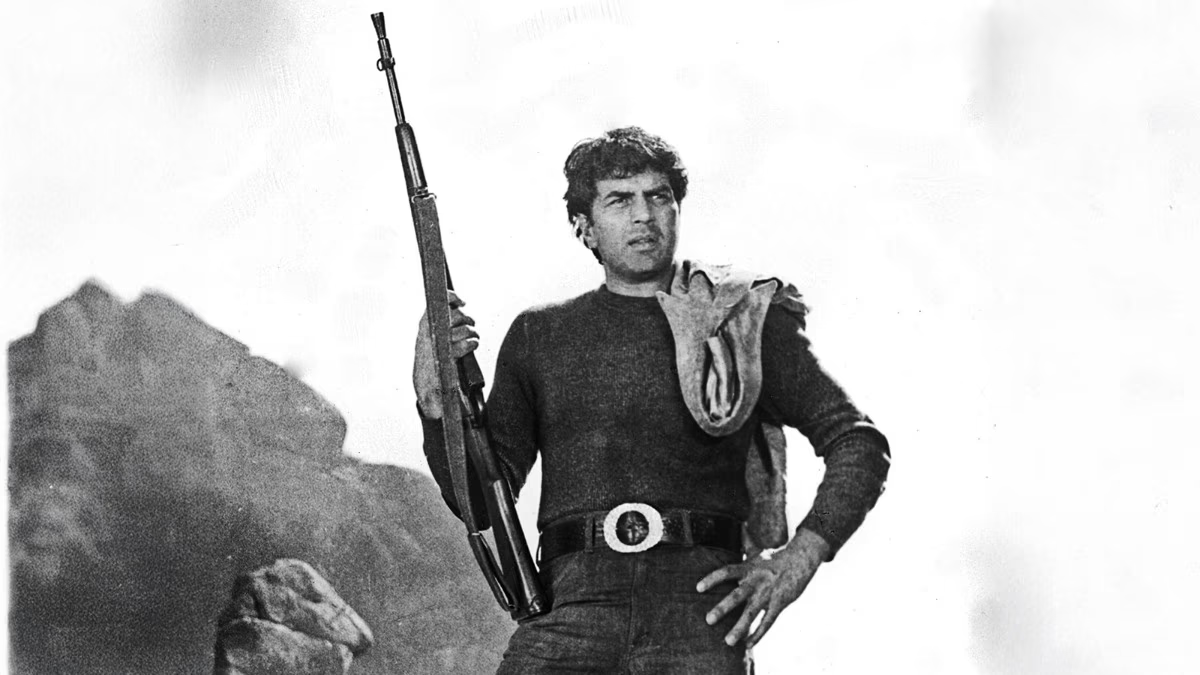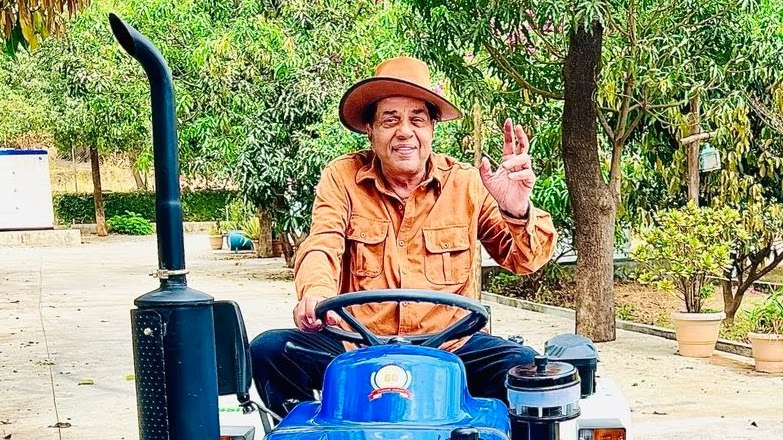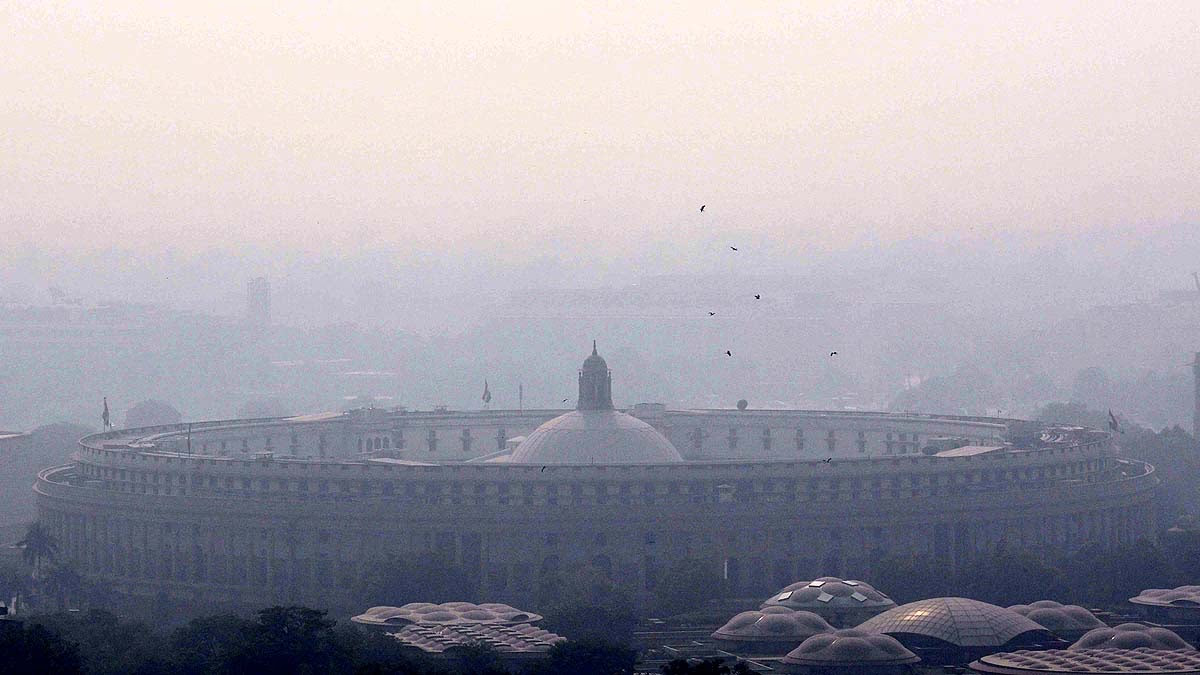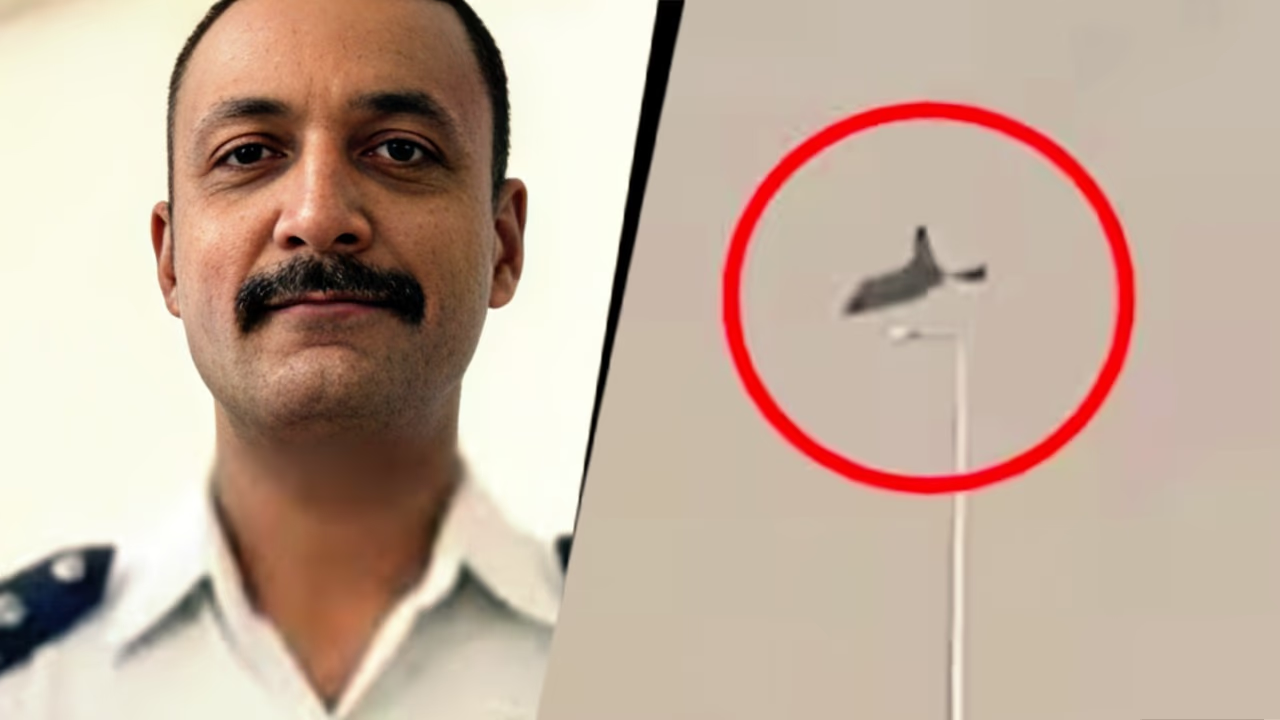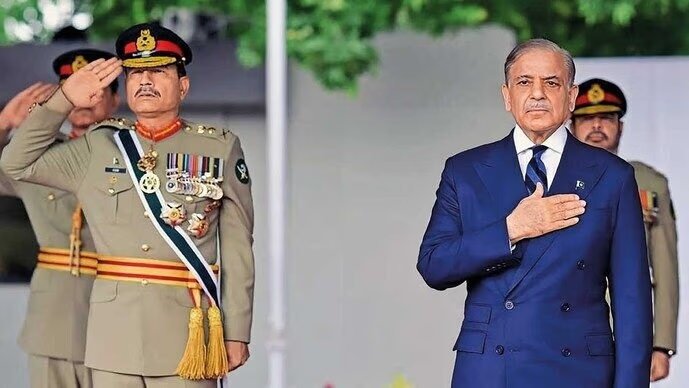Whenever Dharmendra gets mentioned, conversations drift towards his charismatic personality, embodying the 'He-Man' image and iconic movies like 'Sholay'. However, what often gets overshadowed is his stardom that spanned at least three illustrious decades. The term 'superstar' isn't used lightly. It signifies not only popularity but box office triumphs and stellar hit records. The 'superstar' label easily associates with legends like Rajesh Khanna, Amitabh Bachchan, or Rajendra Kumar, yet often gets sidestepped for Dharmendra despite his massive successes.
When Dharmendra entered the industry, titans like Dev Anand, Raj Kapoor, and Dilip Kumar were in their prime. He then contended with box office giants like Rajesh Khanna, Manoj Kumar, Amitabh Bachchan, and Jeetendra. At one point, he even stood as a box office force opposite his own son. Understanding superstar Dharmendra requires viewing him alongside his peers and the box office battles he dominated.
Facing the Heroes of the Previous Generation
Dharmendra debuted in 1960 with 'Dil Bhi Tera Hum Bhi Tere', a film that wasn't a solo hit for him. Yet by 1961, 'Shola Aur Shabnam' marked his explosive entry among top box office hits.
In 1964, Raj Kapoor's 'Sangam' was the year's biggest hit, followed closely by Dharmendra's 'Ayee Milan Ki Bela'. Among the year's top 10 were Manoj Kumar's blockbuster 'Woh Kaun Thi' and Shammi Kapoor's superhit 'Kashmir Ki Kali'. Dharmendra emerged as a formidable box office power against previous generations, like an unstoppable comet.
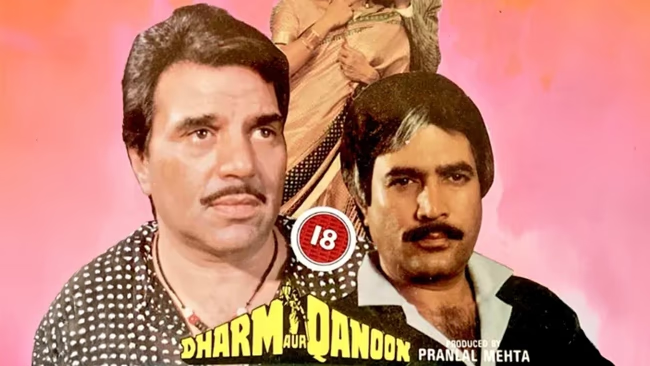
Source: aajtak
Dharmendra Versus Rajesh Khanna
Rajesh Khanna exploded onto the scene in 1969, heralding a box office powerhouse era that is still talked about. During this period, films like 'Aradhana' and 'Do Raaste' were huge, yet the year’s hits included Dharmendra’s own 'Aya Sawan Jhoom Ke' and 'Yakeen'.
By 1972, Rajesh Khanna's streak of 17 successful films was dubbed 'Superstar Hysteria'. Despite debuting as a superstar and mass hero before Khanna, Dharmendra delivered hits like 'Sharafat', 'Kab Kyun Aur Kahaan', 'Tum Haseen Main Jawaan', 'Mera Gaon Mera Desh', and 'Seeta Aur Geeta' amidst this frenzy. Dharmendra’s resilience stands out in tales like 'Haathi Mere Saathi' and 'Mera Gaon Mera Desh'.
1971 saw the release of both films months apart. 'Haathi Mere Saathi' initially led the year as a major release, while 'Mera Gaon Mera Desh' was second. However, trade reports reveal that the audience gravitated towards 'Mera Gaon Mera Desh', with its themes of dacoits and common man, after the start of 1972, sparking a wave across theatres. By 1978, Akola, Maharashtra, witnessed its thirteenth repeat run.
According to a 1972 'Screen' magazine report, 'Rajesh Khanna reigns over hearts, but Dharmendra reigns over cinema halls.' As Khanna's superstar hysteria diminished in subsequent years, Dharmendra's hits like 'Jugnu', 'Yaadon Ki Baaraat', 'Blackmail', and 'Patthar Aur Payal' roared at the box office. The resounding success of 'Sholay', 'Chupke Chupke', and 'Pratigya' in 1975 elevated Dharmendra's stature even further.
Dharmendra Versus Amitabh Bachchan
Amitabh Bachchan debuted in 1969, parallel to Rajesh Khanna, but his breakthrough came with 1973’s 'Zanjeer'. This blockbuster, driven by Salim-Javed’s writing and Prakash Mehra’s direction, introduced Bachchan as the 'angry young man'. Yet that same year, Dharmendra enjoyed four films in the top 10 list, with 'Jugnu' topping the charts above 'Zanjeer'. In 1975, films like 'Sholay' and 'Chupke Chupke' showcased both stars’ power, with 'Pratigya' and Bachchan's 'Deewar' having comparable collections. While 'Deewar' stormed Mumbai, 'Pratigya' held its own in North Indian towns.
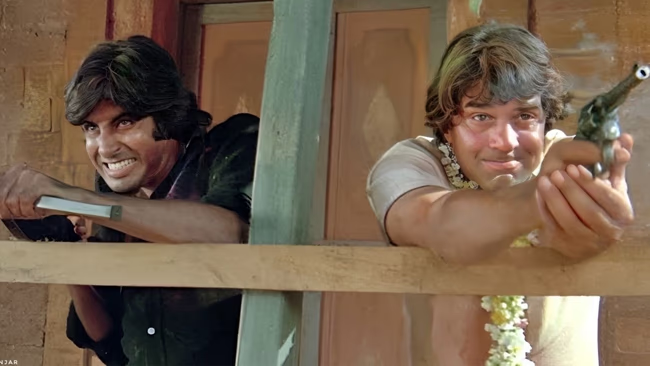
Source: aajtak
In 1976, Dharmendra's 'Charas' matched Bachchan’s 'Hera Pheri' collections and surpassed 'Kabhi Kabhie'. In 1977, the blockbuster success of Dharmendra’s 'Dharam Veer' rivaled Bachchan’s 'Amar Akbar Anthony'. His 'Chacha Bhatija' gave stiff competition to Bachchan's 'Parvarish' and 'Khoon Pasina'. By 1978, with 'Muqaddar Ka Sikandar', 'Trishul', and 'Don', Bachchan topped the hits, yet Dharmendra’s 'Azaad' and 'Phandebaaz' secured his spot in the top 10.
By 1980, Dharmendra’s box office clout surged past Bachchan. His 'Ram Balram' outperformed Bachchan’s 'Dostana' and 'Shaan'. Entering the top 10 were Dharmendra’s 'The Burning Train' and 'Ali Baba 40 Chor', maintaining parity at the box office. In 1987, as Dharmendra’s 'Hukumat' became the year's top film with eight hits, Bachchan's graph began to dip. Despite his return to form with 'Shahenshah' (1988), a string of less successful films like 'Toofan' and 'Jaadugar' arose. Dharmendra continued delivering hits such as 'Batwara' and 'Elaan-E-Jung'.
Challenging His Peers
Alongside Dharmendra, Manoj Kumar achieved superstardom with hits like 'Upkaar', 'Purab Aur Paschim', and 'Roti Kapda Aur Makaan', coexisting during Dharmendra's reign. Jeetendra, who debuted post-Dharmendra, met box office success in the 80s. Yet, in the top 10 lists, Dharmendra's hits like 'Ram Balram' presented a challenge. Jeetendra's rise faded right as Dharmendra’s waned in the 90s. Yet Dharmendra stood his ground against a new wave of stars through the 80s.
Competing Against New Generation Actors
With his impactful 1981 debut 'Rocky', Sanjay Dutt emerged, delivering 1982’s blockbuster 'Vidhaata'. Yet Dharmendra maintained unbroken success with over five hit releases that year. In 1983, as Dharmendra's son Sunny Deol's 'Betaab' made a blockbuster debut (second of the year), Dharmendra had two top 10 films— 'Naukar Biwi Ka' and 'Jaani Dost'. When Anil Kapoor topped the box office with 'Mr. India' in 1987, Dharmendra’s 'Hukumat' rivaled it. Even with Aamir Khan's 1988 blockbuster debut 'Qayamat Se Qayamat Tak', Dharmendra’s 'Sone Pe Suhaaga' was among top films.
Starting with 'Shola Aur Shabnam' in 1961, Dharmendra marked his place among the box office top 10. Before fading as a hero in the 90s, his last top 10 entry was 'Humse Na Takkar Ka'. Hence, spanning nearly 30 years, Dharmendra’s films consistently maintained box office acclaim, with only rare years lacking a top 10 entry.
During Dharmaendra's reign, film success was measured in jubilees—celebrating 25 weeks of box office presence as 'silver jubilees'. An old Box Office India report indicates Dharmendra accounted for 60 jubilee hits over 30 peak years, with over 100 successful films altogether.
